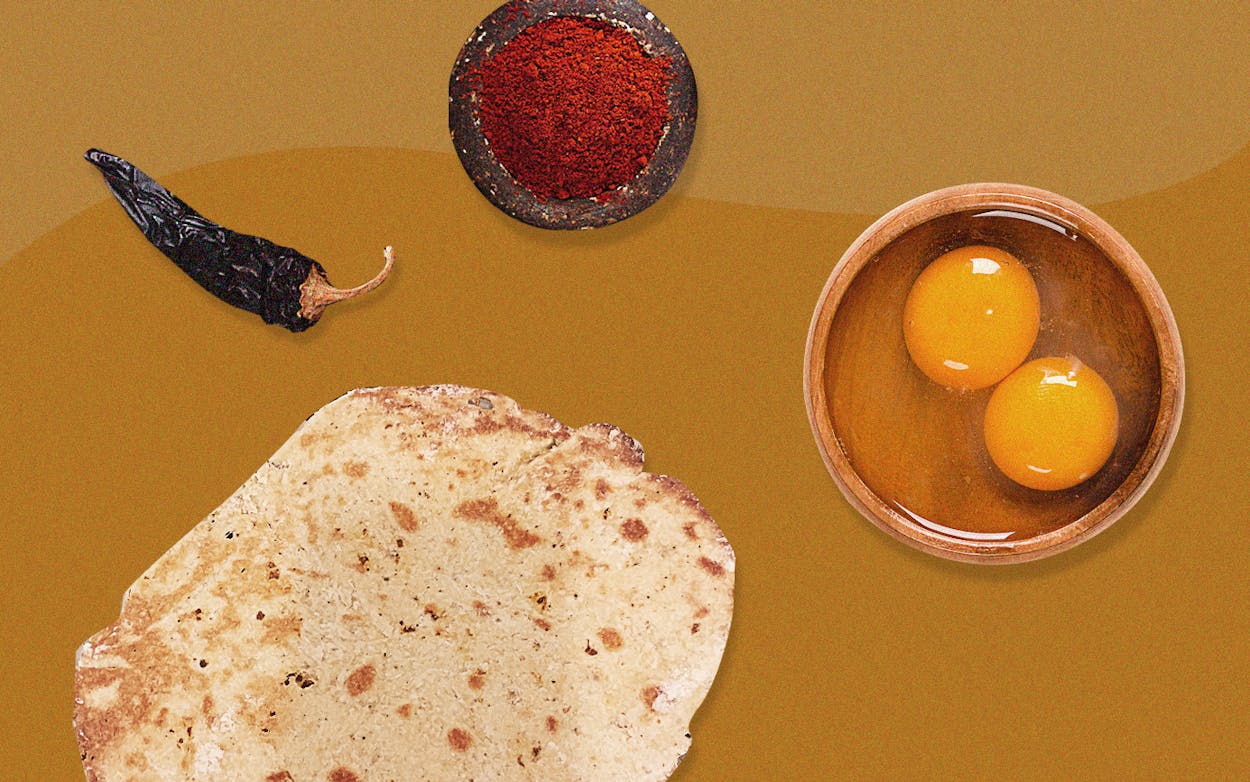First, America could not find any toilet paper. Then there was a run on beans. And now it’s yeast that’s hard to come by.
But before you get started on that sourdough, a reminder: the Jewish holiday of Passover begins Wednesday. So why not just make matzo, bread that by definition is not allowed to rise. There’s no yeast, no starter, no baking powder, no … nothing.
Including flavor. It’s “the bread of affliction,” after all. Matzo that is kosher for Passover under the strictest Jewish law contains just two ingredients: (rabbinically blessed) flour and water. It also has to be mixed and baked in less than eighteen minutes, since that’s supposedly how long the enslaved Jews had to get out of Egypt (it must be true, or The Ten Commandments would be even longer).
But it’s also possible to make your homemade matzo taste good. For many Reform Jews, those stricter rules already don’t apply. And Passover 2020, in the age of COVID-19, is a different sort of Passover.
“The ‘how is this night different from all other nights?’ joke kind of writes itself,” says Rabbi Oren Hayon, of Houston’s Congregation Emanu El. “Because this year, it’s not just one or two things that are different. Everything’s different. We can’t celebrate with the people that we usually celebrate with. We can’t travel to the places we usually go. We can’t get or cook the food we usually do.”
Jewish families who are used to having a multipack of Manischewitz or Streit’s for Passover might not this year, either because they can’t go to the store or because the store is out of stock (or is price-gouging). Some Orthodox rabbis are allowing the use of electronics (e.g., Zoom), which is usually forbidden on the Sabbath and on major holidays. And people who would ordinarily purge their house of all chametz (ordinarily leavened breads, cereals, and pasta) need to think about their post-Passover pandemic pantry needs.
To Hayon, observing Passover however you can is what matters most. “If we get so wrapped up in making sure we do it ‘right,’ I worry that we get away from the spirit of doing the best you can with what you have, which I think is really the guiding principle of the holiday,” he says. “I mean, the whole biblical story is about people who ran into a situation where they were unable to live their lives the way that they used to, and they were unable to eat the food that they used to eat. And so they had to improvise. And I really like that. The DIY ethic is the thing that defines Passover from the beginning.”
And in that sense, making your own matzo—even if you add salt or eggs or oil, or take nineteen minutes making it—captures the spirit of the holiday more than buying a box of mass-produced factory matzo. “Being proximal to the experience of creating matzo” is something many American Jews are missing out on by relying on boxed products, says Hayon.
Now is a good time to remedy that. Jews and non-Jews alike can make this chipotle matzo, which is based on a recipe dating back to the Spanish Inquisition that was published in the New York Times and modified by Rabbi Brian Zachary Mayer of “Religion Outside the Box.” The chipotle is my own Texas spin.
Chipotle Matzo
Making matzo is a lot like making pasta, with a simple, eggy dough. The chipotle adds a bit of flavor—think of noodles made with spinach or red pepper. Rabbi Oren Hayon suggests using matzo instead of a tortilla for huevos rancheros; you could also turn the traditional Passover breakfast of matzo brei—crumbled up matzo scrambled with eggs—into matzo migas or chilaquiles. (It’s also possible to just make tortillas out of matzo meal instead of masa, but that’s someone else’s recipe.) And if you’re low on eggs or flour, this recipe can easily be halved.
Yield: 12 8-inch matzos. Total time: 30 minutes.
4 cups all-purpose flour
¼ teaspoon ancho chile powder
½ teaspoon salt
¼ teaspoon black pepper
4 large eggs, beaten
1 ⅓ tablespoons seeded and finely chopped chipotles in adobo
6 tablespoons honey
4 teaspoons olive oil
8 tablespoons water
1. Preheat the oven to 400 degrees.
2. In a large mixing bowl, combine flour, ancho chile powder, salt, and pepper. Whisk.
3. Add the beaten eggs, chipotles in adobo, honey, and olive oil to bowl. Add just enough of the water to make a very dry dough. Mix well, but do not overmix.
4. Divide into 12 equal portions and shape into balls.
5. On a lightly floured surface, use a rolling pin to shape each ball into a thin disk, about 8 inches in diameter.
6. Pierce all over with a fork, dough docker, or pattern tracing wheel.
7. Bake on a sheet pan or cookie sheet for 10 minutes, or until matzos are puffed and begin to brown. Cool on racks.
- More About:
- Recipes







